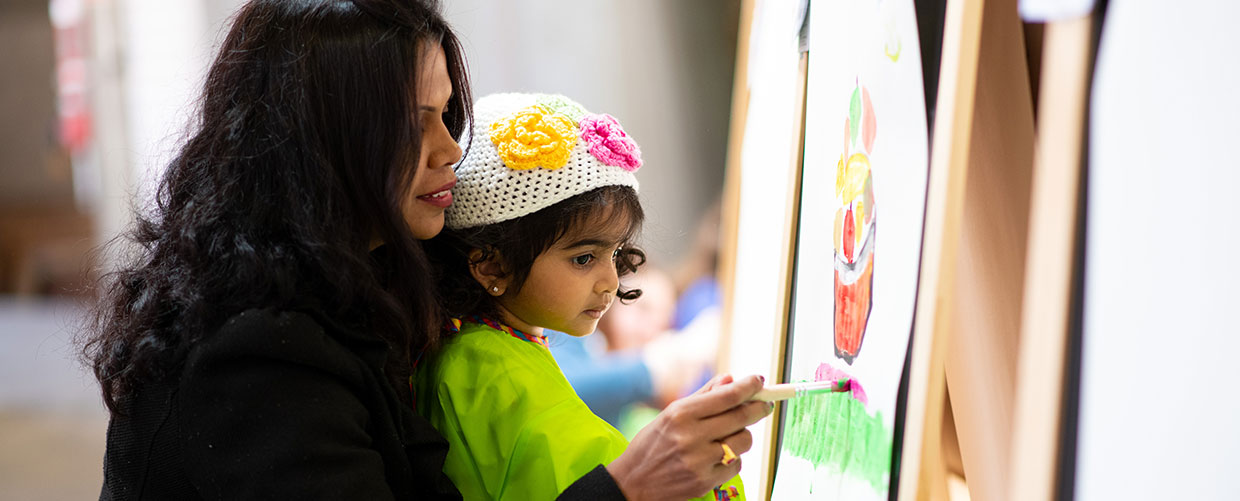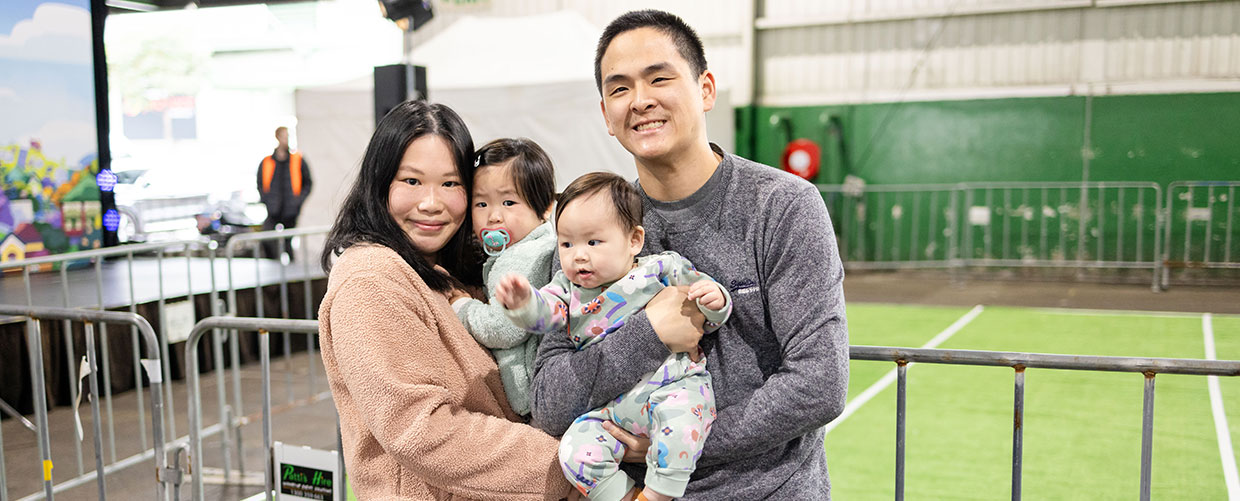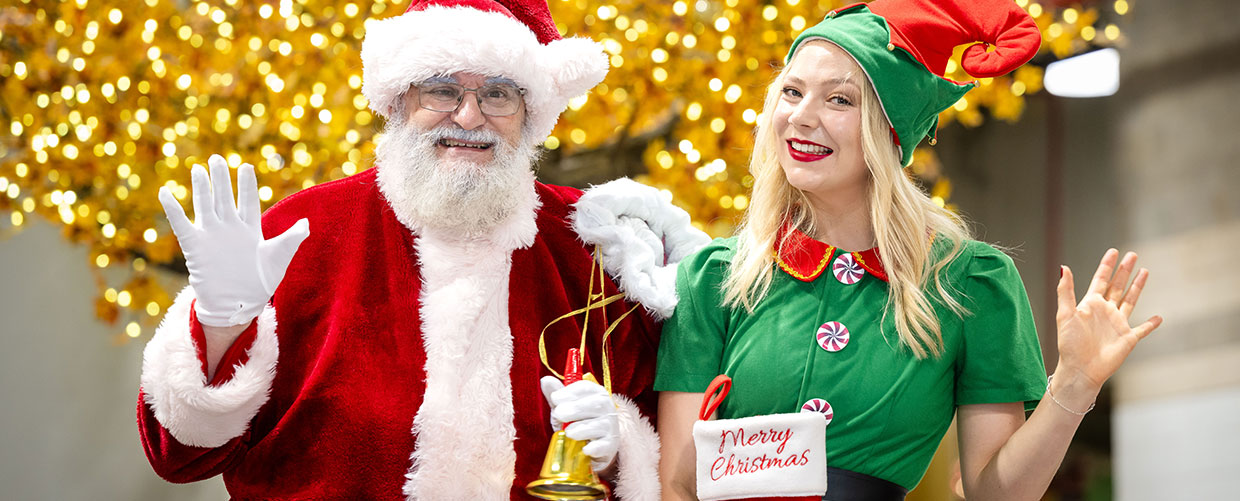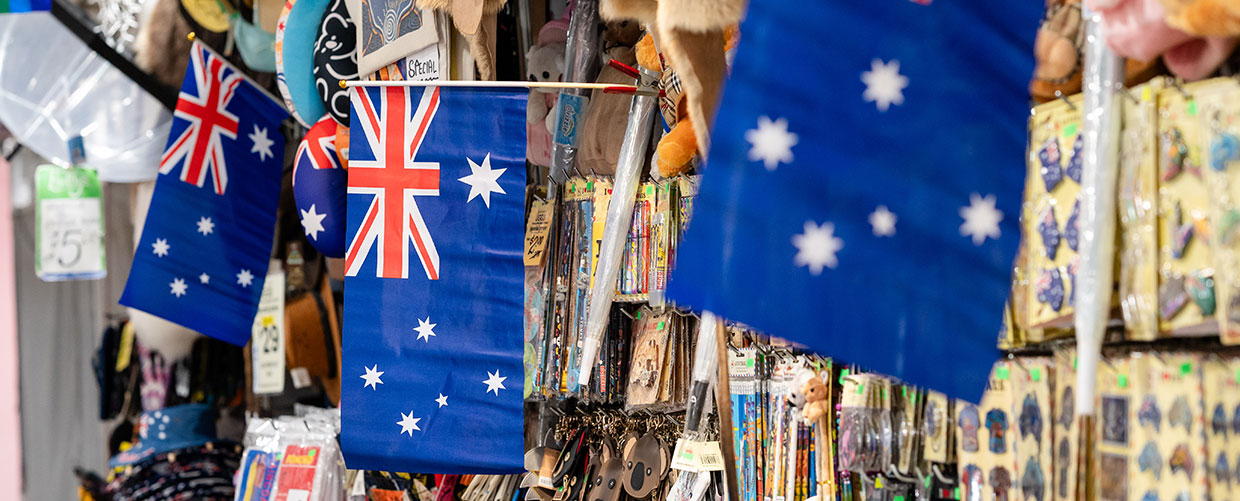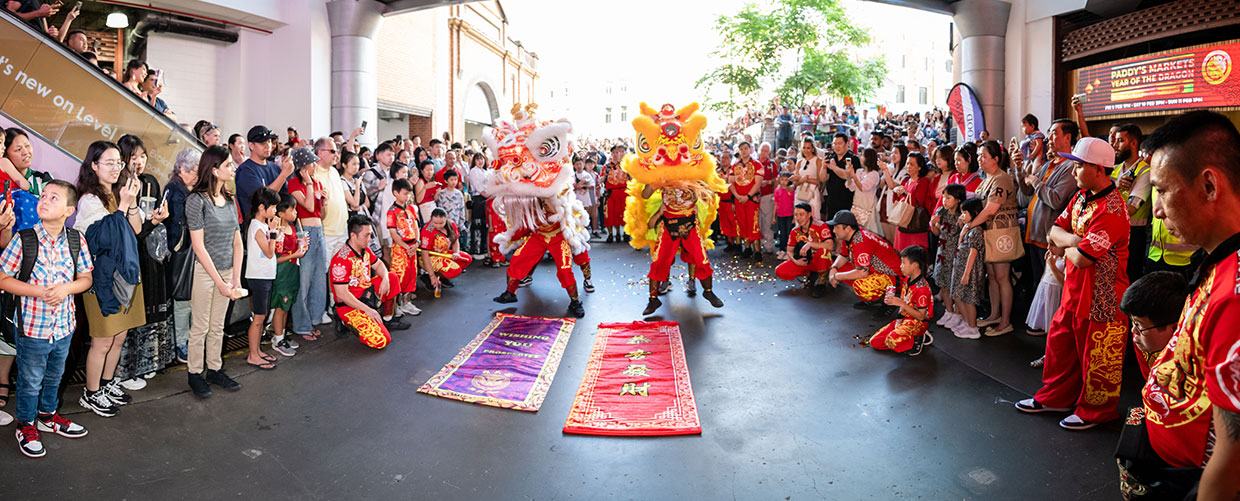What's on at Paddy's
View AllVisit Paddy’s Markets
As Sydney’s most iconic markets, choose between our two shopping destinations - Paddy’s Flemington or Paddy’s Haymarket.
Paddy’s Haymarket, located in the heart of Chinatown, is for the curious of mind, and the budget conscious. It is a traditional market offering tourist souvenirs, imported and local women’s fashion, kids clothes, hair accessories, jewellery as well as gifts, gadgets, and lots more. And soon we will be launching a new-look food market in early 2025.
Paddy’s Flemington, located 15km from Sydney CBD, is the fresh fruit and vegetables hub of Sydney metro. With produce stalls that will fill over three football fields every Saturday, this is a foodie’s paradise for competitive prices and the most variety in one location. It is also Sydney’s largest farmers markets where you can get local vegetables from Sydney basin farmers Fridays and Saturdays; a Swap and Sell second hand goods and fashion market; and a general goods market at our family funday Sundays.
You haven’t been to market until you’ve been to Paddy’s.
Shopping ideas
All shopping ideasWhether you’re shopping for Christmas, Mardi Gras, Halloween or looking for gifts for a special occasion, you’ll be sure to get affordable options at Paddy’s Markets.
Recipes of
the month
Top recipes for this month
As you shop with our friendly Paddy’s Markets traders for the freshest seasonal fruit and veggies, why not get inspired by our tasty recipe ideas to add something new to your weekly menu?
Seasonal recipes
View all recipesBecome a
trader
Join us! Become a Paddy’s Trader
Paddy’s Markets offers the perfect spot to grow your business with all-weather venues at both Flemington and Haymarket, affordable fees, social media support, and thousands of daily shoppers. Find out how you can become a Paddy’s Trader.












